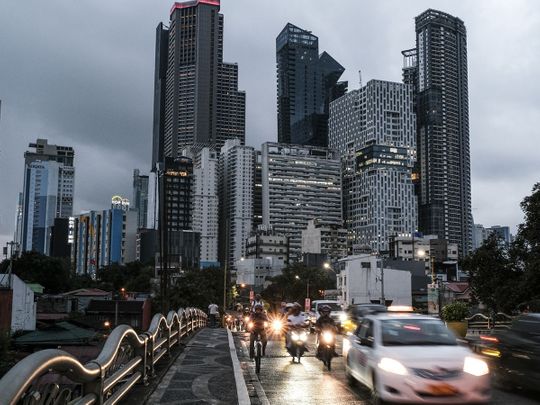
Manila: The Philippines economy grew slightly quicker than expected last year, data showed Wednesday, even as it was hit by high food prices and weakness in overseas markets.
The 5.6 percent expansion was well down from the 7.6 percent seen in 2022 but beat the 5.5 percent estimated in a survey by Bloomberg.
However, it was "below our target of 6-7 percent for 2023", Socio-Economic Planning Secretary Arsenio Balisacan told reporters.
"We are concerned about the low growth in food spending due to high food prices," he said, with a serious seasonal dry spell in most of the country expected to hit the laggard farm sector in the early part of this year.
The services sector, household spending, construction, and durable equipment were the key growth drivers, national statistician Dennis Mapa told reporters.
But export growth slowed sharply to just 0.6 percent in the fourth quarter, compared with 5.0 percent a year earlier.
Balisacan added that the government would maintain its 2024 target of 6.5-7.5 percent - a figure analysts warned was too optimistic given the expected weaker global prospects.
"The domestic demand figures suggest that the economy is holding up well against the sharp rise in borrowing costs. But we don't expect this resilience to last," said Shivaan Tandon, at Capital Economics.The services sector, household spending, and construction were the key growth drivers







